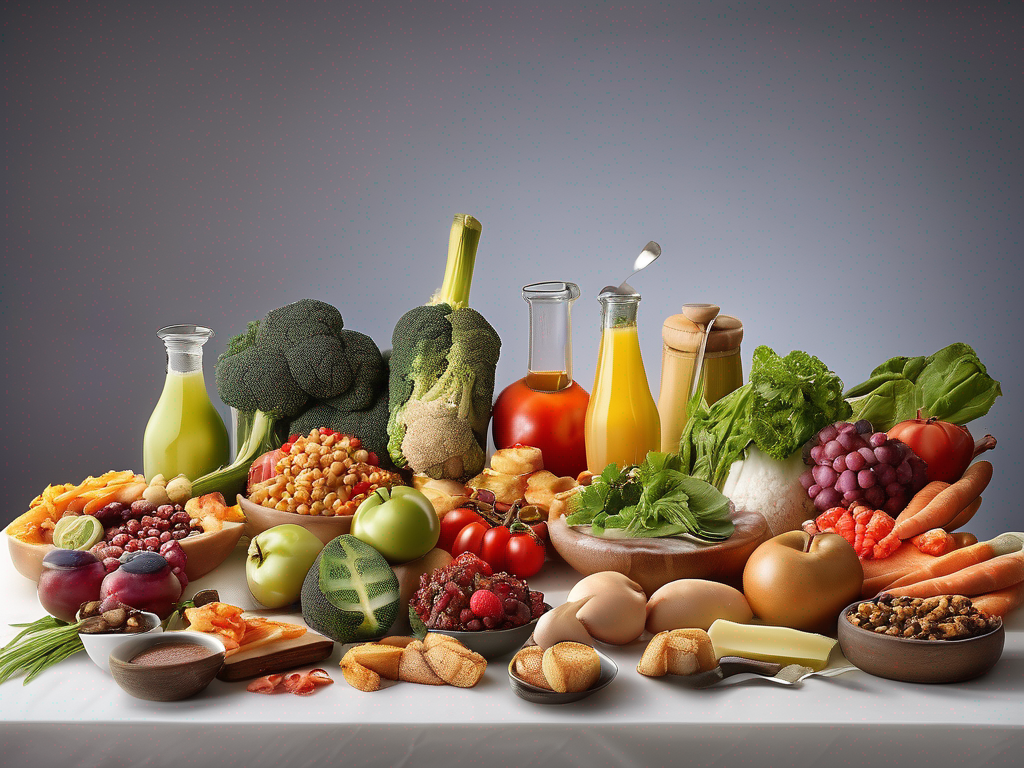
How to Store Lamb Chops to Maximize Freshness
Get Your Free Food Safety Cheat Sheet
30 most common foods with instant answers. Print it and stick it on your fridge—completely free!
How to Store Lamb Chops to Maximize Freshness
When it comes to storing lamb chops, proper handling and storage are essential to ensure the meat stays fresh and safe for consumption. Whether you have lamb chops from the shoulder, loin, rib, or any other cut, following the right storage practices can help maintain the quality and flavor of the meat. In this guide, we'll explore the best ways to store lamb chops to maximize freshness.
Understanding Lamb Chops
Before diving into storage tips, let's briefly discuss the different types of lamb chops:
- Shoulder Chops: Known for their rich flavor and tenderness, shoulder chops come from the upper part of the lamb's foreleg.
- Loin Chops: These chops are lean and tender, making them a popular choice for grilling or pan-searing.
- Rib Chops: Rib chops, also known as lamb riblets, are flavorful and often have a higher fat content, adding richness to dishes.
Each type of lamb chop requires proper handling and storage to retain its freshness and taste.
Storage Tips for Lamb Chops
1. Refrigerating Lamb Chops
Proper refrigeration is key to keeping lamb chops fresh for longer periods. Follow these guidelines:
- Temperature:
- Store lamb chops in the coldest part of the refrigerator, ideally at a temperature below 40°F (4°C).
- Packaging:
- Place lamb chops in airtight containers or resealable plastic bags to prevent cross-contamination and maintain freshness.
- Use separate containers for different cuts of lamb chops to avoid mixing flavors.
- Shelf Life:
- Fresh lamb chops can be stored in the refrigerator for up to 3-5 days. For longer storage, consider freezing them.
2. Freezing Lamb Chops
Freezing lamb chops is an effective way to extend their shelf life and prevent spoilage. Follow these steps for proper freezing:
- Packaging:
- Wrap individual lamb chops tightly in plastic wrap or aluminum foil before placing them in a freezer-safe bag.
- Label the packaging with the date to track the storage time.
- Freezer Temperature:
- Set your freezer to 0°F (-18°C) or below to ensure proper freezing and preservation of the lamb chops.
- Shelf Life:
- Frozen lamb chops can maintain their quality for up to 6-12 months when stored correctly.
3. Thawing Lamb Chops
Properly thawing lamb chops is crucial to maintain their texture and flavor. Follow these thawing methods:
- Refrigerator:
- Thaw frozen lamb chops in the refrigerator overnight or for several hours before cooking.
- This gradual thawing method helps retain the meat's moisture and tenderness.
- Cold Water Bath:
- If you need to thaw lamb chops quickly, place them in a sealed plastic bag and submerge them in cold water.
- Change the water every 30 minutes to ensure even thawing.
4. Safety Tips for Storing Lamb Chops
Ensuring food safety when storing lamb chops is essential to prevent foodborne illnesses. Follow these safety tips:
- Cross-Contamination:
- Keep raw lamb chops separate from other foods in the refrigerator to avoid cross-contamination.
- Clean and sanitize cutting boards, utensils, and countertops after handling raw lamb chops.
- Temperature Monitoring:
- Use a refrigerator thermometer to monitor the temperature and ensure it stays below 40°F (4°C) to prevent bacterial growth.
- Odor Check:
- Discard any lamb chops that have an off smell or show signs of spoilage, such as discoloration or sliminess.
Conclusion
Proper storage practices are crucial for maintaining the freshness and quality of lamb chops. By refrigerating, freezing, and thawing lamb chops correctly, you can enjoy delicious and safe meals without compromising on taste or safety. Remember to adhere to food safety guidelines and monitor storage temperatures to ensure the best results. With these tips in mind, you can make the most of your lamb chops and savor every bite.
Authoritative Food Safety References
These agencies and university labs inform every tip and health precaution we publish.
USDA FoodKeeper – Cold Storage Guidelines
Official refrigerator, freezer, and pantry timelines maintained by the U.S. Department of Agriculture.
Visit USDA FoodKeeperFDA Produce Safety Rule & Grower Guidance
Field-to-fridge handling practices that prevent contamination of fruits, vegetables, and leafy greens.
Visit FDA Produce SafetyCDC Foodborne Illness Prevention Hub
Surveillance-backed guidance on pathogens, symptoms, and steps to reduce foodborne illness risk.
Visit CDC Food SafetyUC Davis Postharvest Technology Center
University research detailing optimal storage atmospheres for produce after harvest.
Visit UC Davis PostharvestPenn State Extension – Home Food Preservation & Safety
Peer-reviewed extension bulletins on safe canning, chilling, and reheating practices.
Visit Penn State ExtensionGet Your Free Food Safety Cheat Sheet
30 most common foods with instant answers. Print it and stick it on your fridge—completely free! Want more? Upgrade to the complete guide with 70+ foods.
Scan your food directly and get instant safety info using our AI-powered camera feature.